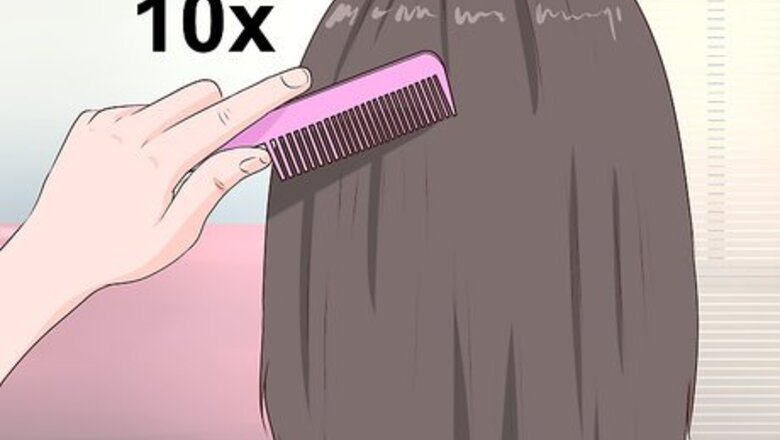
views
Using a Plastic Comb
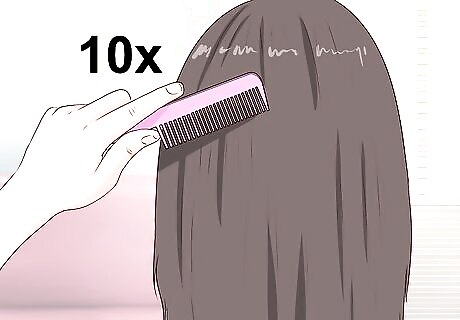
Run a nylon comb through dry hair. Take a dry nylon (plastic) comb and run it through your hair about 10 times. Your hair must be dry as well. When the comb moves through your hair, it picks up electrons—tiny particles with an electric charge. If you don't have a comb, find a plastic spoon or an inflated balloon instead. Rub the object quickly against your hair, or a piece of fur, wool, or carpet. The friction from rubbing the 2 materials together knocks electrons loose from one object and onto the other. Clean hair conducts more electricity than dirty (greasy) hair.
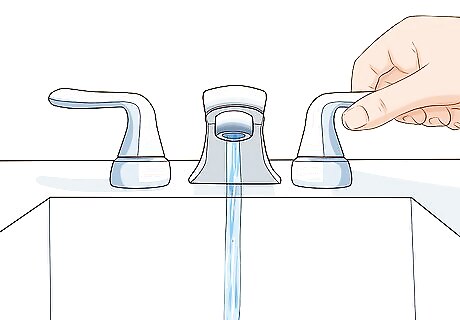
Turn on your faucet. Only let a very thin stream of water flow. It needs to be a smooth stream, not one that breaks up. The stream of water should be about ⁄8 inch (0.32 cm) wide.
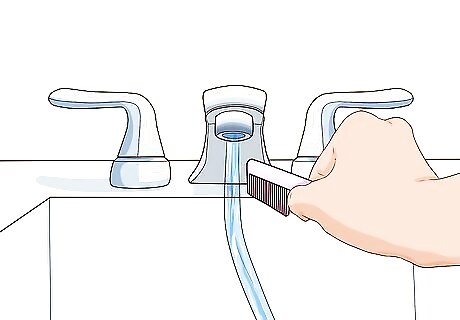
Place the comb right next to the stream of water without touching it. If the comb (or spoon or balloon) picked up enough charge, the water will bend toward the comb as it falls.
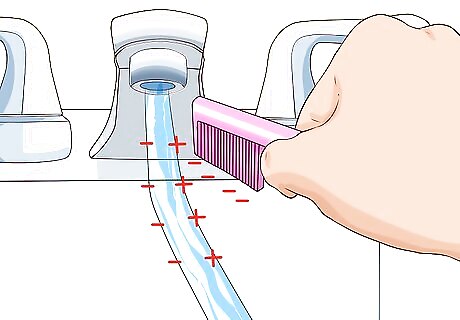
Understand how this works. Electrical charges come in 2 types, positive and negative. Those electrons that ended up on your comb have a negative charge, while water molecules have a positive charge on 1 side and a negative charge on the other. Positive and negative charges pull each other closer together, so when the comb is close enough, the positive side of the water molecules get tugged in that direction. When the negatively charged comb comes near the water, it repels the electrons, so that the side of the water nearest the comb then has a positive charge. The attraction between this positive charge and the negatively charged comb results in a net force on the water, bending the stream.
Trying Other Experiments
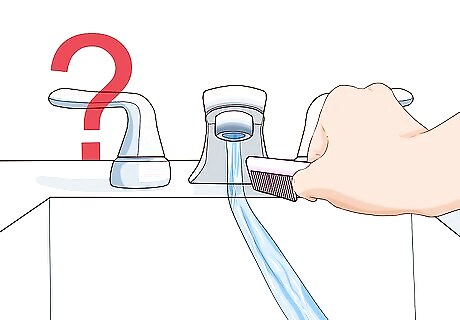
Experiment with different variables. Bend water again, but change the variables, one at a time. You can change the water temperature, the size of the comb, the material of the comb, and the amount of water coming out of the faucet. See how different variables affect the result of the experiment. Can you explain why? Does the temperature of the water affect how much it bends? Does a bigger object make the water bend more? Does the material that the object is made of affect its ability to bend water? How does the strength of the stream flow affect how much it bends?
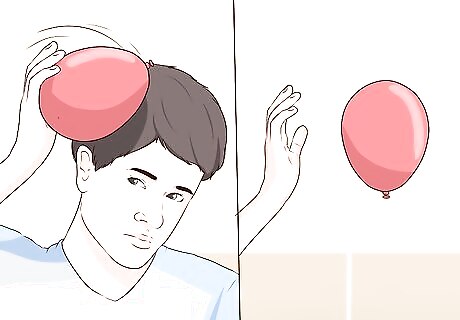
Play with static electricity in other ways. Try rubbing an inflated balloon against your hair as fast as you can. Gently put the balloon against a bare patch of wall and let go. If the balloon picked up enough charge, it will stay there against the wall without falling. This works because the balloon weighs almost nothing, so gravity barely affects it. The electrical attraction between the balloon and the wall is strong enough to resist the pull of the whole world! You can also tear up tiny bits of paper and pick them up with the balloon.

Learn about grounding. When trying this experiment, you might have put down the comb, then discovered it can't bend water anymore after you pick it up again. Some objects (especially metal ones) can suck up all the extra electrons with a touch, so your comb loses its charge. This is called "grounding." Scientists and engineers use grounding on purpose to protect themselves from electric shocks. You can too: Wait until a dry day, when it hasn't rained in a while. Static electricity builds up much faster when there is almost no water in the air. Find an object that often gives you a shock. This might be a car after you've been sitting in it for a long time, a metal door handle, or a playground slide. Before touching the object, poke it with something metal like a coin, key, or metal pole (or, before getting out of the car, poke the metal frame). The electrons will quickly flow into the metal you're holding, then harmlessly into you. You can now touch the object without getting shocked. Sometimes, if a lot of electrons have built up, you can see a spark as they jump into the thing you're holding.











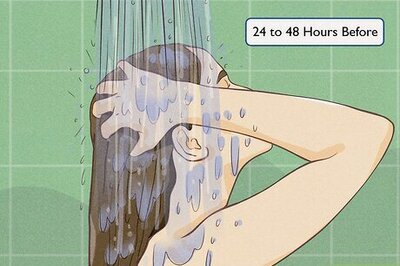
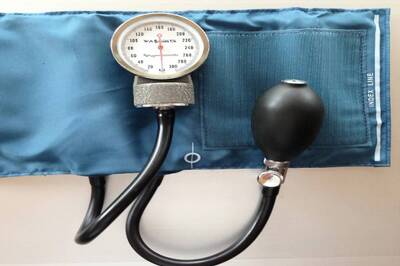
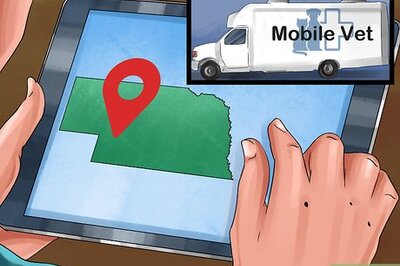


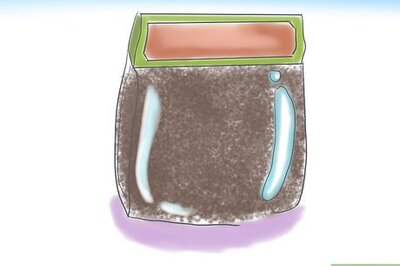



Comments
0 comment